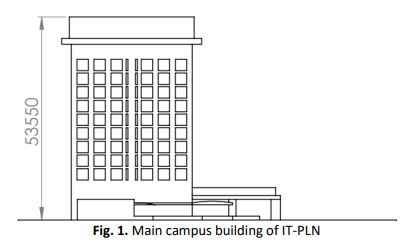Wind Energy Potential on A Highrise Building: A Preliminary Study
DOI:
https://doi.org/10.37934/arfmts.88.3.2030Keywords:
Wind energy, wind turbines, vertical axis wind turbines (VAWT), horizontal axis wind turbine (HAWT), high-rise buildingsAbstract
Indonesia has an abundant renewable energy source. One of them is wind energy resources. Unfortunately, Indonesia's wind energy resource is not fully utilized, especially for application in high-rise buildings. The paper investigates the potential of energy production from the horizontal-axis wind turbine (HAWT) and the vertical-axis wind turbine (VAWT) on the rooftop of a university building in Indonesia. The wind speed data were measured on the rooftop of the building for seven months. The data was analyzed using Weibull distribution. Based on the probability density function of the Weibull distribution, the potential energy production was calculated using the power curves from the manufacturer. Comparing energy production between HAWTs and VAWTs has shown that VAWTs can produce more energy than HAWTs. Using six turbines, VAWTs can produce 48,476 kWh. On the other hand, with four turbines, HAWTs can produce 41,729 kWh. The reason is that VAWT requires shorter distance requirements for inter-turbine and between rows. Therefore, VAWT can use more turbines than HAWT in the limited area. In conclusion, VAWT for high-rise buildings is more preferred because VAWT can generate more energy. Further study should investigate the optimal configuration with varying the wind direction and quantifying the wake effect on power output.
Downloads
































